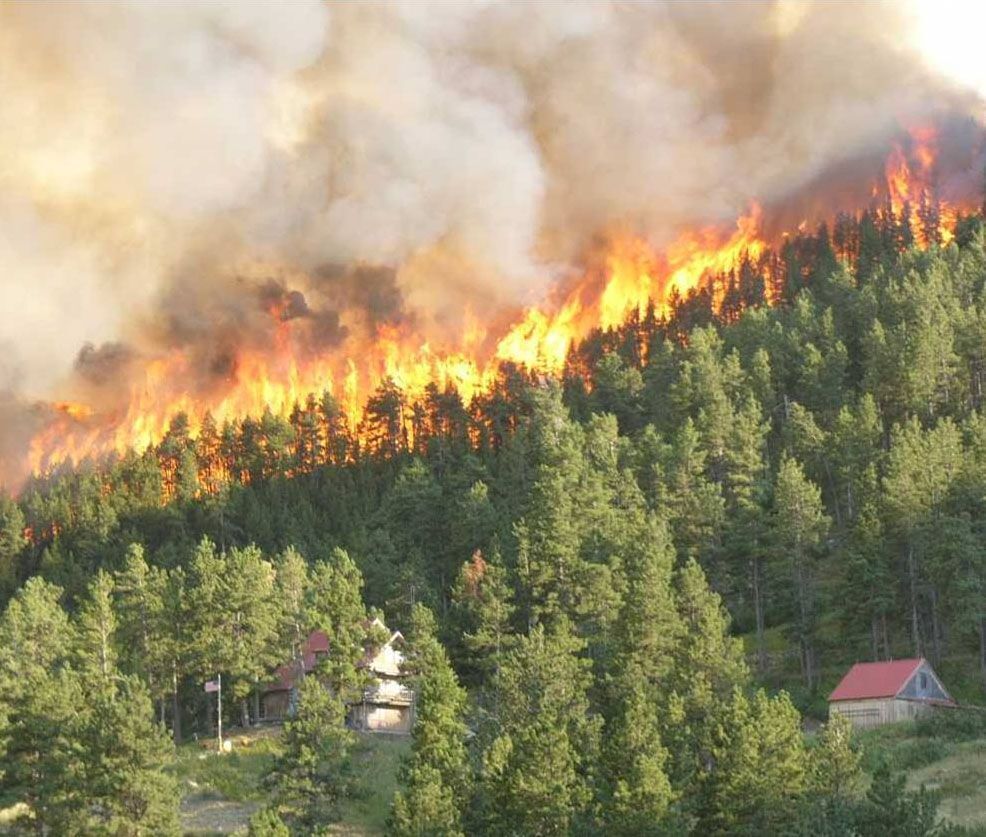Leave room for the firetruck: Insurers help design mansions to tame disaster losses

August 29, 2019
Reuters
By Suzanne Barlyn
Bruce Gendelman wanted a mountainside retreat when he bought 12 acres in Aspen, Colorado. But forest fires that have torched nearby land in recent years left him concerned.
So Gendelman, who runs an insurance brokerage, tapped into a program that American International Group Inc (AIG.N) offers to help design luxury properties in ways that mitigate disaster risk. A risk specialist made sure his home had a lightning-repellant system, cisterns to hold water run-off and ceramic shingles that look like wood. Just in case a blaze does break out, his driveway was designed to accommodate a fire truck’s maneuvers.
“It’s a very high-end home and we’re dealing with very good contractors,” Gendelman said. “But (the AIG program) brought them systems they never used and resources they never heard of.”
Fires, floods, hurricanes and other catastrophes have cost U.S. insurers more than $170 billion in property losses since 2016, according to Property Claim Services (PCS), part of Verisk Analytics Inc (VRSK.O), and the U.S. Bureau of Economic Analysis.
Few actuaries expect the trend to ease as climate change accelerates, and the swell of claims has prompted some insurers to get involved in the design process for lavish residential properties.
Insurers and industry groups said they do not track data on the service, which is still a tiny part of the property-casualty insurance industry. But executives, real-estate developers and brokers, builders and analysts who spoke to Reuters said they believe it will only expand.
“People don’t naturally think of insurance as the first place to go,” said Jennifer Naughton, head of North American personal insurance risk consulting services at Chubb Ltd (CB.BN). “But an insurance company can give you an advantage of the loss potential and might save you the pain of loss in the future.”
Chubb’s risk managers make sure homeowners who request the service have water storage on the property to supplement the local fire department’s resources, and recommend devices that allow emergency workers to open electronic entry gates, among other measures.
The trend is not entirely new: PURE Insurance has offered the service since its founding in 2007, and others have quietly made risk specialists available to customers who are designing a home and know to ask for the service. But it is now picking up steam as a stand-alone business at some major property-casualty insurers, as more clients worry about extreme weather.
To read more, click here.





